The OFAH released a report this week titled: What Firearms Are Reasonable and Proportionate for Hunting in Canada. This wasn’t something that came out of the blue, and it certainly didn’t come together overnight. It was 15 months in the making, but it has been needed for decades.
Recently, I swore three affidavits that were filed with the Federal Court during the last week of September, and each of them was for three separate applicants in court proceedings against the Government of Canada related to the May 2020 firearms prohibitions. I was asked to provide my expert opinion on whether firearms prohibited by the Order in Council (OIC) are reasonable for hunting in Canada.
The primary exhibit for those affidavits was this 68-page report that examined and summarized my findings on that very question. The report is already on record through the courts, but the OFAH released it publicly this week because it can also have tremendous value for informing the ever-important court of public opinion.
The primary objective of the report was to examine the OIC-prohibited firearms, but in doing so the findings address some of the fundamental misunderstandings and misconceptions related to firearms and their relationship with hunting. Lack of understanding and misconceptions are often at the core of many firearms discussions.
Why would the OFAH get involved?
The two main reasons are that some of the prohibited firearms were used for hunting before May 1, 2020, and the Government of Canada said these were not reasonable or proportionate for hunting. As a hunting organization, the relationship between firearms and hunting is right in our wheelhouse. Arguably, there aren’t many others with the level of knowledge, credibility, and mandate to critically look at these issues.
That said, you might be one of the many OFAH members who has asked why the Federation is participating in discussions about ‘military-style’ firearms, assault weapons, or sniper rifles. The terminology itself has confused people inside and outside of the hunting community, and undermined meaningful discussion about the prohibited firearms. The report was a way to break through the often loaded and emotionally charged terminology by examining these firearms in a comprehensive, technical, and evidence-based way. Based on the public discourse both before and after May 1, 2020, it is clearly needed.
The consistent lack of understanding about firearms, especially how they relate to hunting, is something that goes well beyond the OIC-prohibited firearms. The OFAH was approached by several applicants in the court proceedings about getting an expert opinion to help inform the courts on whether the prohibited firearms are reasonable for hunting in Canada. There was clearly a desire for the OFAH to have a meaningful role in this discussion.
The OFAH, as an organization, can’t offer an expert opinion for the courts.
So, the affidavits were mine, and I authored the report. The OFAH provided support by affording me the many hours I needed to research and compile the report, by facilitating information gathering, as well as the helpful eyes and ears of my OFAH colleagues who reviewed and discussed the findings with me. As a hunting organization, the OFAH has a clear interest in the courts and the public having an informed discussion about firearms, especially when it comes to the relationship to hunting.
But why wait so long to get involved?
If you weren’t asking why we are involved, you may have been asking why we haven’t been more involved, or more involved before now. The OFAH hasn’t been a party to or offered financial and/or moral support to the applicants in any of these court proceedings because it would have undermined the OFAH, and by extension, my own credibility with the court to be an independent and impartial expert witness. Whether you agree with it or not, the OFAH can have the most influential role in these proceedings by informing the courts on the question of whether OIC-prohibited firearms are reasonable and proportionate for hunting in Canada. It’s an important question and we wanted to make sure that any discussion related to it was well informed.
The reason it took so long for us to talk about it is that the affidavits were just filed with the courts. I had been working on and largely compiled the report in 2020, but the reports were not officially finalized until the summer of 2021 in anticipation of needing to be filed in September or early October. First and foremost, the reports were to inform the courts, so the OFAH couldn’t undermine the intent by releasing them publicly. Although there was an impression by some that the OFAH should have been doing more, there was clearly a lot of work happening behind the scenes. This was truly a case where daily or weekly updates were appropriate.
What’s in the report?
The Report is 68 pages, so here’s a summary of what’s included:
- Executive Summary & Key Findings – if you are already knowledgeable on firearms or just short on time, these two sections are only four pages and summarize the take-away messages
- An examination of military-grade firearms in Canada – the relationship of the prohibited firearms to the military has been a central theme, so there is a discussion on common misconceptions, ‘military’ vs. ‘military-style’, and military origins of hunting firearms.
- An examination of the firearm used in hunting in Canada – this section explains the classification of hunting firearms, offers an in-depth analysis of firearm selection for various hunting purposes, and explores the relationship between firearms and cartridges as it relates to hunting.
- A Preliminary Report on the Canadian Use and Value of Non-restricted Firearms Prohibited Under SOR/2020-96 – this section provides further analysis of a previously released report on the preliminary findings from an OFAH survey of Canadian hunters.
- An Analysis of Hunting Applications based on Calibre and Availability in Canada – this was a new study done for this report that looked at the calibres of prohibited firearms previously used for hunting.
- Discussion on reasonable and proportionate firearms for hunting in Canada – this final section draws a series of conclusions based on the findings in the report.
What are the key findings of the report?
It is hard to wrap things up in a short paragraph, but I’ll give it a shot. If you plan to read the report, then consider this to be your spoiler alert.
Of the 64 firearms examined in the report that were previously non-restricted, almost all of them were used for hunting by Canadians. When looking at the form and function, the report concludes that there is nothing that separates these now prohibited firearms from other non-restricted firearms available for hunting in Canada.
Beyond defining a ‘hunting firearm’ as ‘a firearm that is used for hunting’, a simple dictionary definition is not appropriate (and likely the reason why it continues to be up for interpretation and often misunderstood). To truly define a ‘hunting firearm’ and determine what is reasonable and proportionate requires careful and comprehensive consideration of many factors, including legality, conservation, military designs and origins vs. military use, hunter preference, the type of hunting activity, practicality, action, calibre, cartridge/loads being used, magazines, firearm size, construction, and many more.
This report undertakes that comprehensive examination and knits these considerations together in a way that demonstrates the complexities and pitfalls of simplifying a complex issue into simple conclusions. While the appearance or other perceptions of some previously non-restricted OIC-prohibited firearms may suggest that they are not reasonable or proportionate for hunting, an examination of the actual form and function demonstrates that these conclusions are not appropriate.
READ MORE: In this follow-up OFAH Insider post, I share some personal thoughts on what a hunting firearm is.

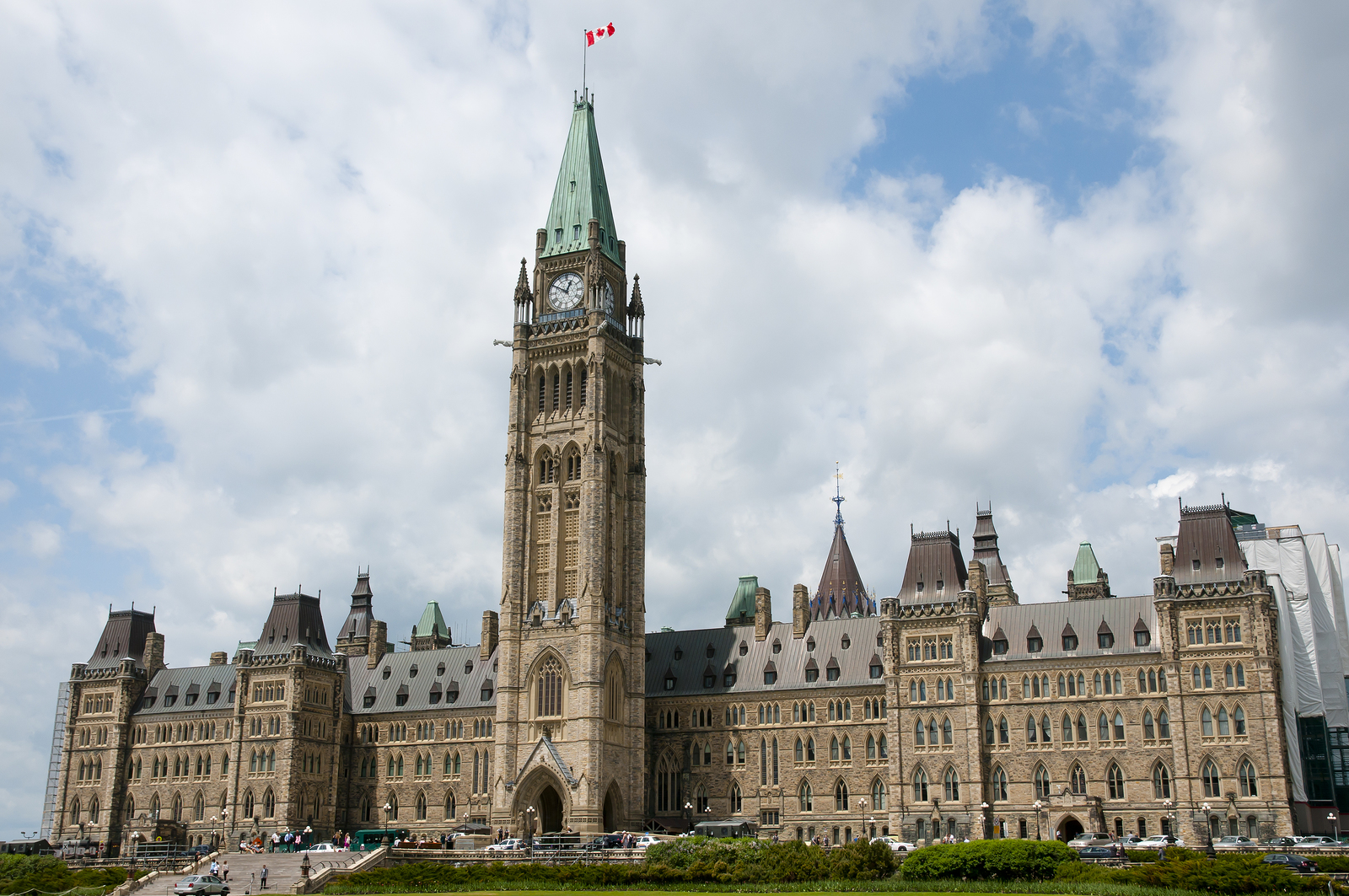
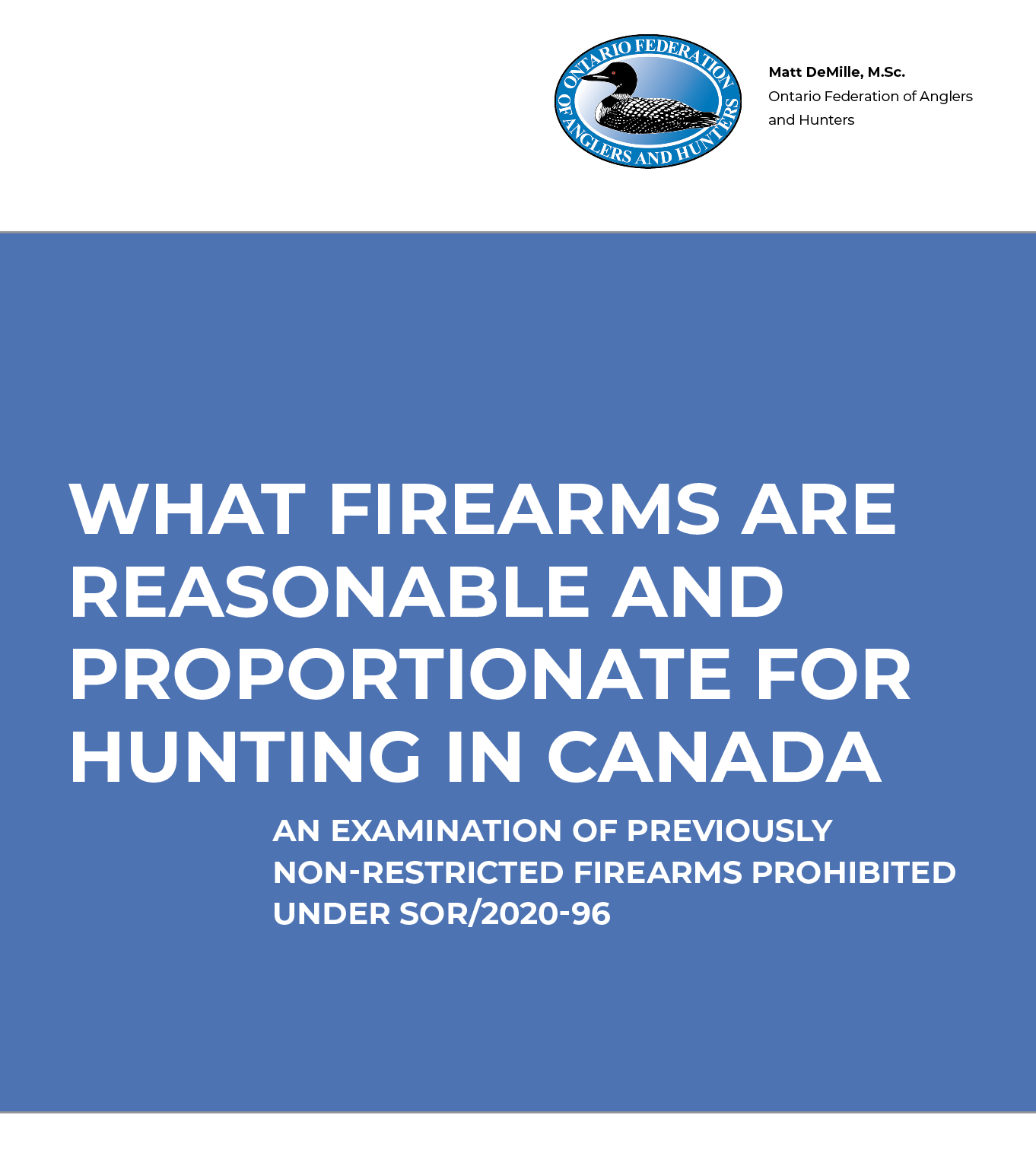
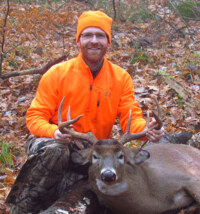
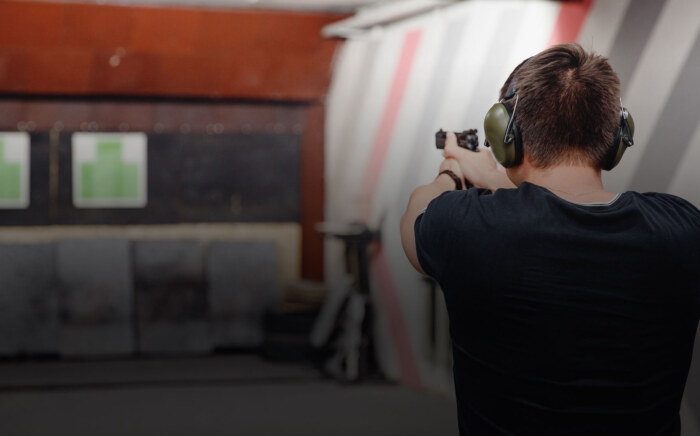
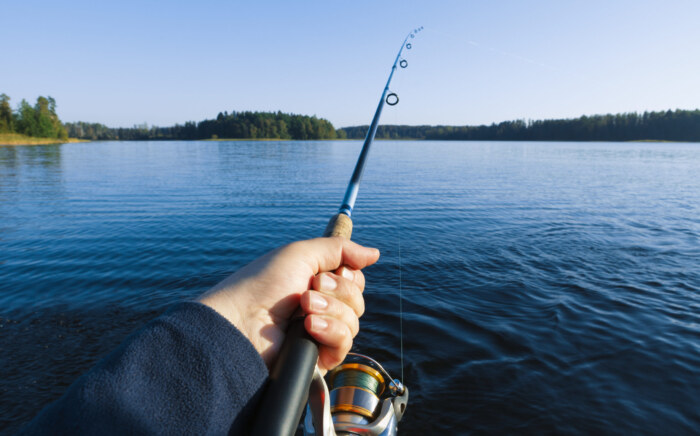
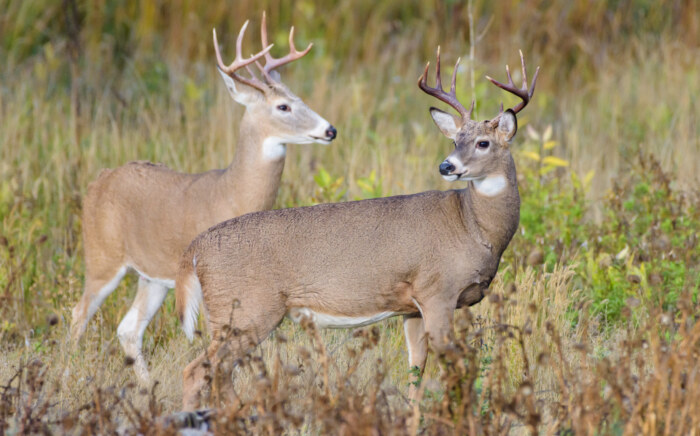
Leave a Comment